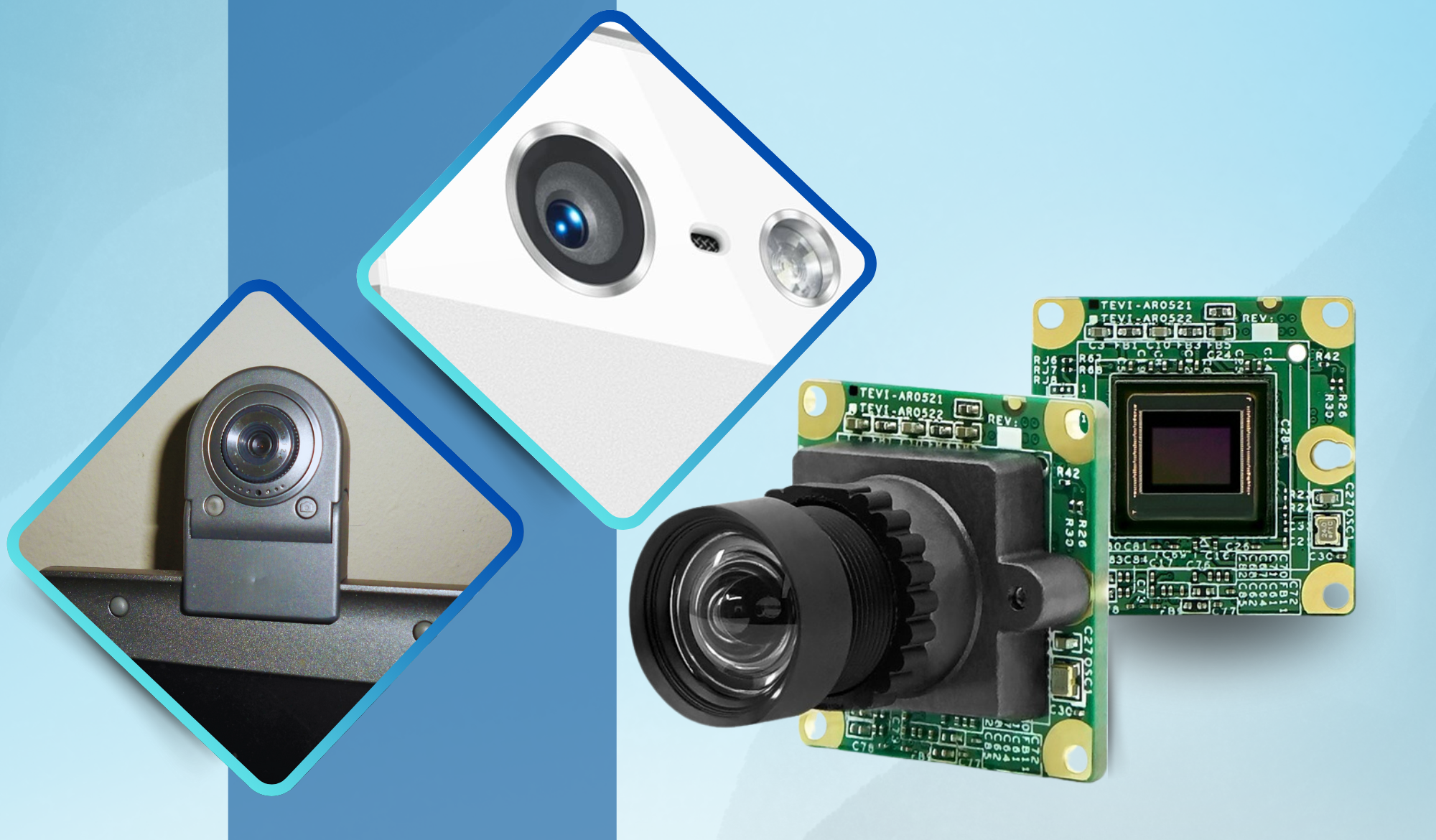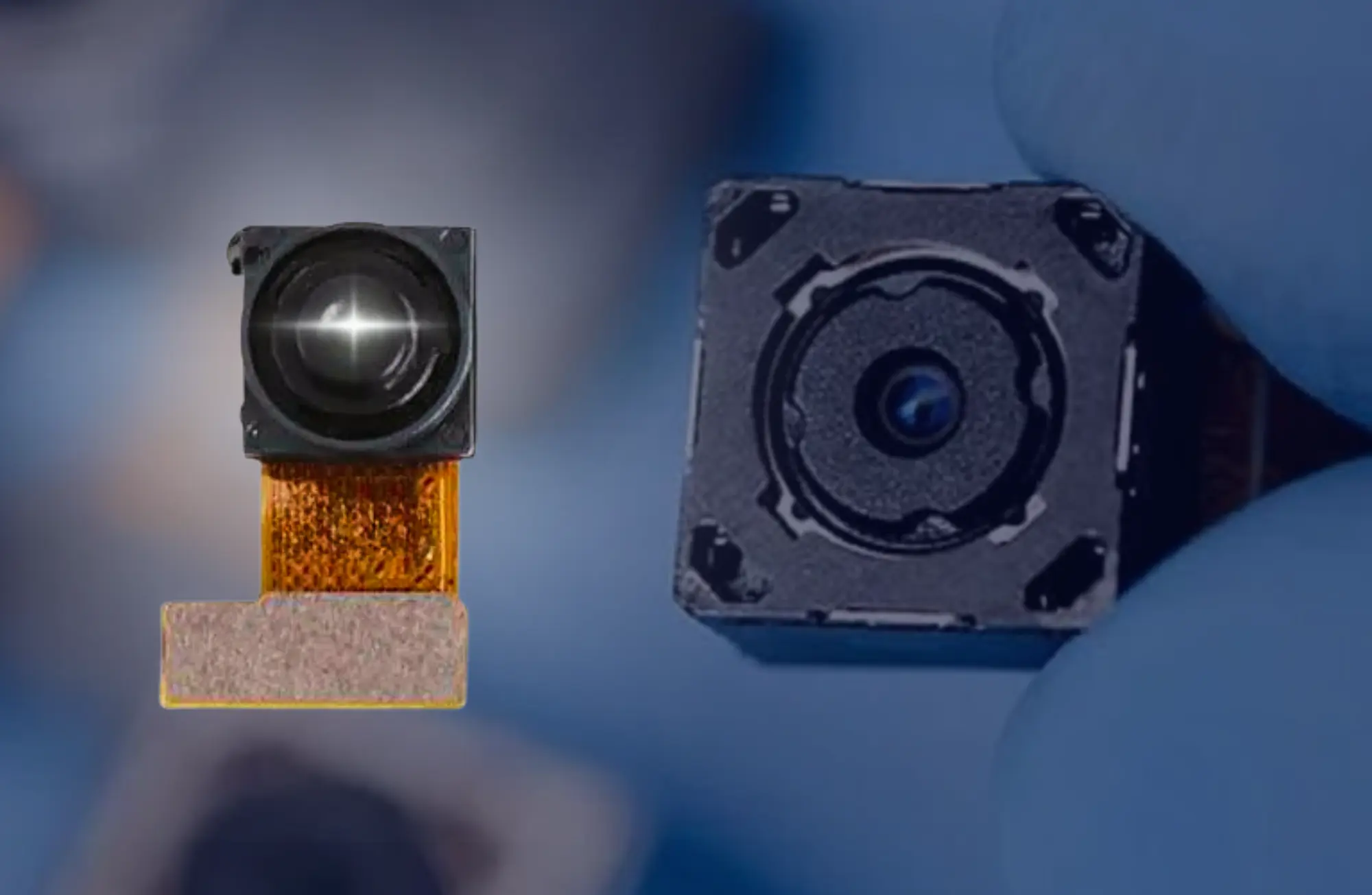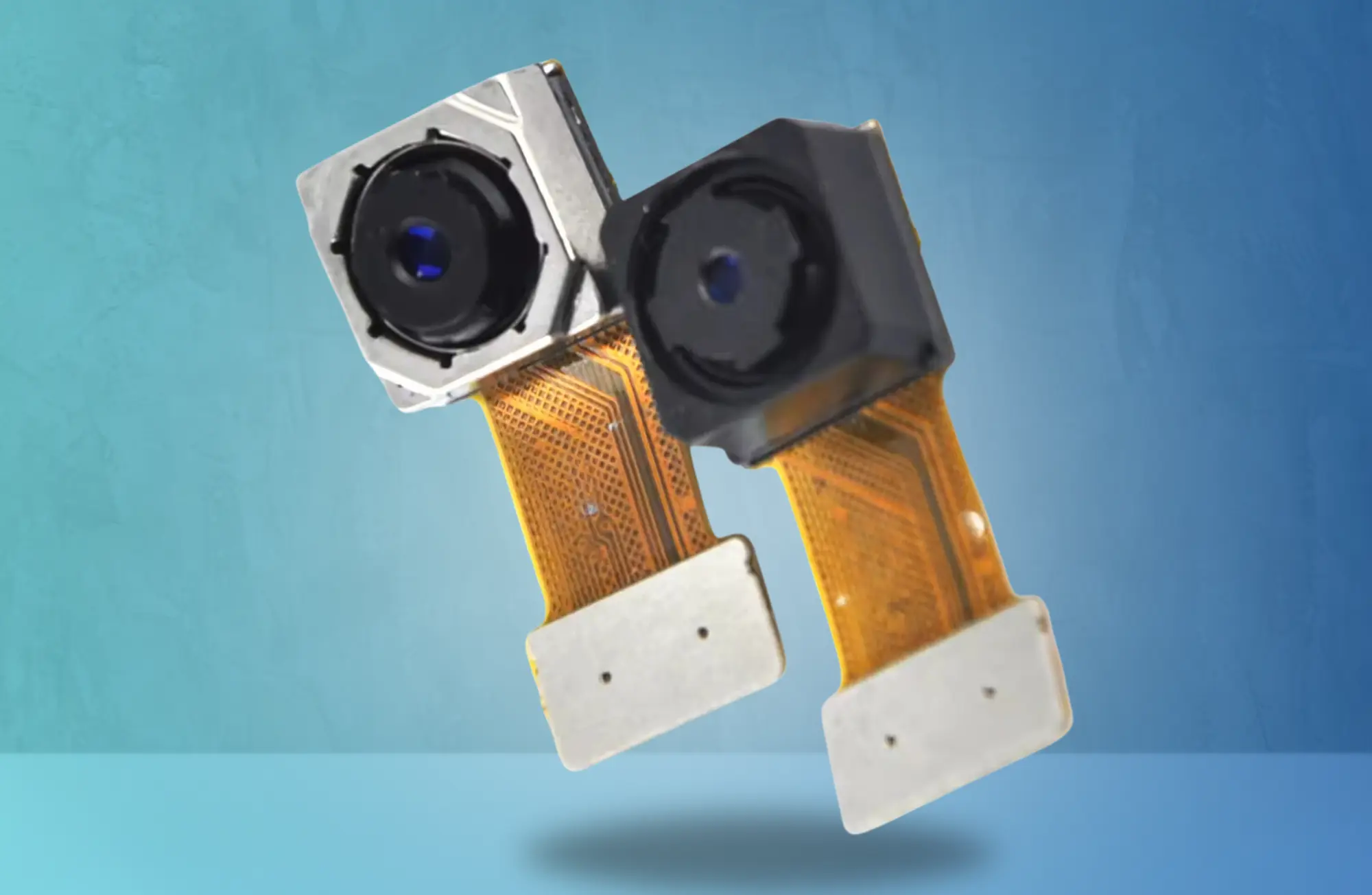MIPI Cameras: High-quality Imaging for microscopic defect detection and embedded system
Book a call
MIPI (Mobile Industry Processor Interface) cameras are compact, high-performance imaging devices designed primarily for integration into embedded systems and mobile platforms. To detect microscopic defects, MIPI interface is used
Leveraging the MIPI interface, these cameras offer efficient data transfer and low power consumption, making them ideal for applications where space is limited, but high-quality imaging is required. MIPI cameras are widely used in industries ranging from consumer electronics to industrial automation, where they enable advanced imaging capabilities in devices with small form factors.
MIPI cameras are best suited for applications where compact design, low power consumption, and efficient data transfer are critical. They excel in the following scenarios:



©2025 Intelgic Inc. All Rights Reserved.